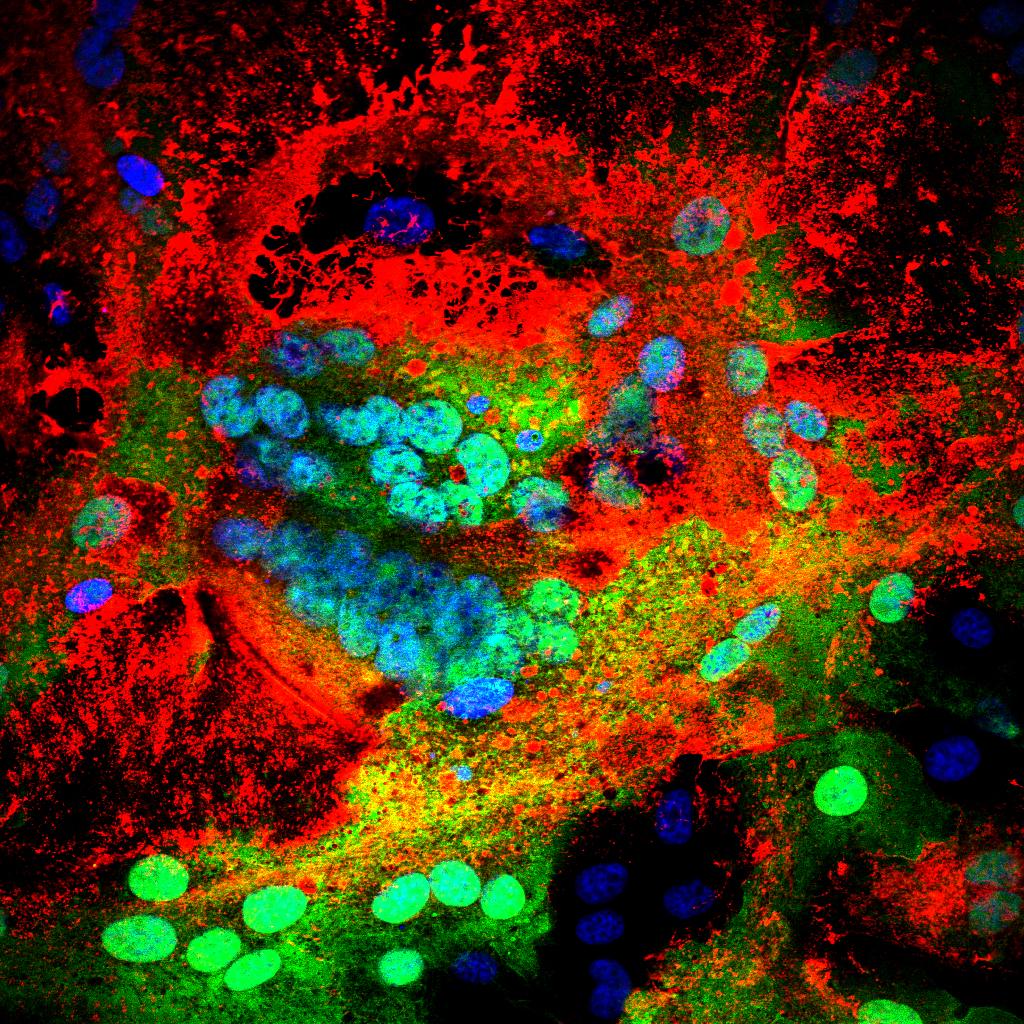Post-vaccination herd immunity against peste des petits ruminants and inter-vaccination population turnover in small ruminant flocks in northwest Ethiopia
Vaccination is the main tool for control of peste des petits ruminants (PPR) because of the availability of effective and safe vaccines that provide long lasting protection. However vaccination campaigns may not always provide sufficient herd immunity needed to prevent disease outbreaks because of logistic problems with vaccination such as inappropriate cold chain and vaccine delivery methods, and the rapid population turnover of small ruminants. This study was carried out to assess post-vaccination herd immunity against PPR and inter-vaccination population turnover in small ruminant flocks in Metema district, northwest Ethiopia where frequent PPR outbreaks occur despite regular vaccination. A total of 412 serum samples were collected from selected small ruminants in 72 flocks (average flock size of 33.4 and standard deviation of 30) above three months of age in three kebeles immediately before a vaccination program. One month after the vaccination using freeze dried live attenuated vaccine, 359 serum samples were collected from randomly selected small ruminants in the same flocks. The collected serum samples were analyzed to determine the seropositivity using a monoclonal antibody-based C-ELISA. The pre-vaccination seropositivity of 72.3% (95% CI: 67.8-76.4) increased to 93.9% (95% CI: 90.9-95.9) post-vaccination (P<0.001). The observed seropositivity following vaccination was above the recommended herd immunity threshold (80%) required to reduce the transmission of infection in the population sufficient to eliminate virus. A survey of sampled flocks six months post-sampling indicated only 68% of animals were still present in these flocks. This population turnover reduces the herd immunity to about 64% which is below the required threshold for control. The high level of herd immunity achieved post-vaccination indicates good vaccine quality, cold chain maintenance and effective vaccine delivery in the district's vaccination campaigns. The decrease in herd immunity associated with population turnover and annual vaccination intervals represents a challenge to effective control and suggests changes to the timing or frequency of the vaccination is required.
